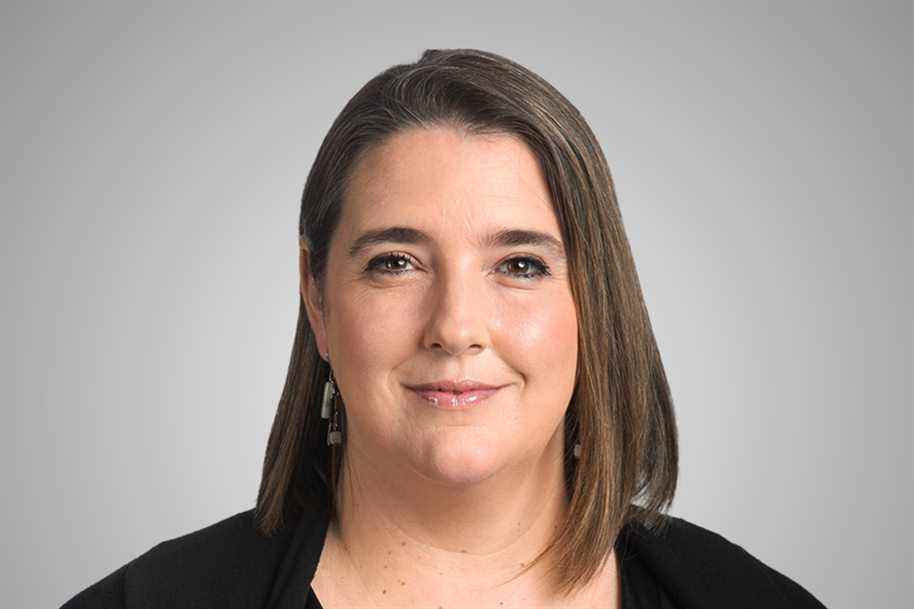It is difficult to quote an exact figure to speak of the refugees from Ukraine who have arrived in Europe since the beginning of the Russian invasion. From hour to hour, this figure leaps, grows, multiplies.
Posted at 5:00 a.m.
What can be said, however, is that more than a million people have left the conflict zone for neighboring countries in just one week. This is more than all the migrants and refugees who arrived in Europe in 2015.

PHOTO YARA NARDI, REUTERS
Ukrainian refugees near a temporary accommodation center in Korczowa, Poland, on Thursday
That year, 911,000 people knocked on the doors of the European Union between January and December 7, according to the United Nations High Commissioner for Refugees (UNHCR). There was talk of an unprecedented “migration crisis”.
A “crisis” which led the members of the European Union to tear each other apart and which fed the extreme right from Hungary to France. A “crisis” that prompted Europe to turn into a fortress, paying third countries like Libya and Morocco to intercept migrants on the move.

PHOTO ATTILA KISBENEDEK, AGENCE FRANCE-PRESSE
Ukrainian refugees arriving by bus on Thursday in Tiszabecs, near the Hungarian-Ukrainian border
And today, in Poland, Slovakia, Moldova and Hungary, where are the refugees arriving? We are talking about dealing with immense humanitarian needs, an emergency situation, but we are not talking about a “migration crisis”. Despite record numbers and despite the United Nations expecting three million more people to seek asylum outside the war-torn country in the coming weeks.
What changed ? The migratory phenomenon is not quite the same, explained to me Kelly Clements, Deputy High Commissioner of the United Nations for Refugees, during a telephone interview granted Wednesday afternoon.

PHOTO RICCARDO SAVI, AGENCE FRANCE-PRESSE ARCHIVES
Kelly Clements, United Nations Deputy High Commissioner for Refugees, in 2021
“In 2015, there was a confluence of events. The countries around Syria were deprived of international support, so we came to a time when people were no longer able to support their families and had no other solution than to leave Jordan, Lebanon, Iraq and Turkey to move elsewhere. There was a snowball effect. This time, in the Ukrainian situation, we are talking about an intensive military operation which started on a given day and people started moving from east to west immediately,” notes Mr.me Clements.
During our interview, the noh UNHCR’s Global 2 had just arrived in Canada for talks with the Trudeau government.
But beyond the circumstances that pushed the refugees to set off, it is above all the response to the situation that is completely different this time. In Europe first, but also in the rest of the world.
UNHCR, which launched a flash appeal on Tuesday asking for 1.7 billion to deal with the influx of refugees and displaced people from Ukraine, has received pledges covering the entire sum in less than 24 hours.
And the European Union, which had never succeeded in giving itself a solid roadmap to manage the wave of migration in 2015, took barely a week to agree on a real emergency plan. Ukrainians who flee their country will be entitled to a temporary status which will allow them to live and work in European Union countries for a period of three years. “We welcome this measure with enthusiasm. In a similar situation, where there is rapid mass displacement, this is the best way to support people in the short term,” notes Kelly Clements.
On Thursday, Canada announced a similar measure. Within two weeks, anyone fleeing Ukraine will be able to apply for an “emergency travel authorization” which will give them status in Canada for two years.
And the Canadian government has not set a ceiling for this program. The door will be wide open.
Admit that the contrast is striking. And even if we want to congratulate all the countries that are giving themselves the means to help this time, we have a thought for all those who suffered when they bumped their noses at a border or a hastily erected fence in 2015. Or even worse, for the 3,500 people who perished in their flight, including 3-year-old Alan Kurdi, who became the symbol of a summer of despair.
This week, accusations of discrimination, even racism, in the Western response were not long in coming. And they are rather difficult to sweep under the rug.
European politicians have clearly stated their preference for European refugees. “These are not the refugees we are used to, these are Europeans,” Bulgarian Prime Minister Kiril Petkov told a group of reporters earlier this week. These people are smart. They are educated. […] These are not people whose identities we are unsure of, whose backgrounds are unclear, who could have been terrorists. »
We even saw this week, thanks to articles from our colleagues in the field, that the ethnic origin of refugees from Ukraine has an impact on the treatment they receive at the border.
The whole thing worries the United Nations. “We reminded all countries that there should be no discrimination against particular people or groups. Everyone runs away from the same risk. Everyone has the same needs,” noted Kelly Clements.
In these times of exodus, this is not exactly the time to launch a witch hunt. The needs are too great, too glaring.
However, when the dust settles, it will be necessary to look squarely at the global asylum system and the inequalities that plague it.
Instead of seeing only darkness, one could instead try to extend the momentum of solidarity towards Ukrainians to many more men, women and children fleeing danger and persecution. Because if there is one thing that we have just learned in terms of welcoming refugees, it is that when we want, we can.
